Console Corner: Video game mascots through the ages
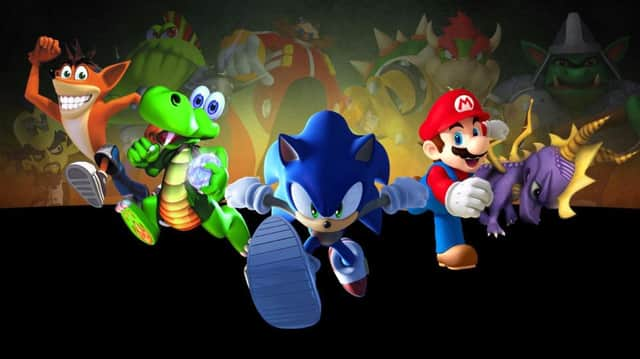

That’s not to say we all have a die-hard attachment to the likes of Crash Bandicoot or Spyro; but that initial interest and connection, no matter how amoebaean, sparked that passion for video games, be it playing, creating or writing about them.
Mascots are a bit of a dying breed, and for years now have been seen as remnants of a gaming landscape that no longer exists. They’re only really talked about retroactively. Younger gamers look at these characters with no connection to them and ask “Wait, why was that cool?” and older gamers will most likely answer nostalgically “You weren’t there, they just were”. It’s not easy trying to explain who Croc or Banjo-Kazzoie were, let alone why we have any connection to them.
Advertisement
Hide AdAdvertisement
Hide AdGaming was predominantly marketed towards children. In the age of mature video games and competitive gaming the traditional mascot just doesn’t really fit anymore. But I’m getting a little ahead of myself.
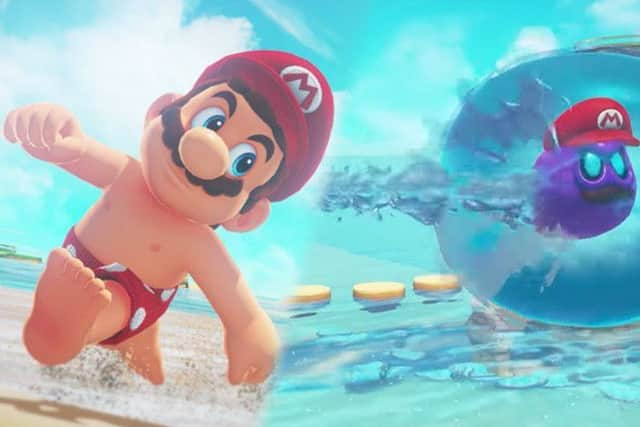

The history of video game mascots has been written about and recounted ad nauseam so I’ll keep it brief. Pong is generally considered the first true video game and its legacy is the uptick in interest in coding in the 1970s and that’s what video games were, software with a little entertainment value. Arcades were what bought gaming to the masses and in 1980 Pac-Man arrived. Pac-Man is the first original gaming mascot, instantly recognisable and is Bandai Namco’s mascot to this day. That is what a mascot should be, gamers will know who they are looking at and what to expect from a mere silhouette of a character.
Mascot fever really started to take hold once Mario became a household name. Nintendo hit the jackpot with Mario, he is the embodiment of the carefree harmless that Nintendo are known for. Before you argue that I’ve forgotten that before he was Mario he was Jumpman from Donkey Kong don’t worry I’ve not, but Jumpman is Mario, only, he’s Mario before he was a household name with his red overalls and heroic disposition. With the success of the Mario games similar characters started to follow suite, like Capcom’s Mega-Man and Nintendo’s Kirby. Getting from point A to point B and getting the high score isn’t all gamers want, we want to root for the hero too.
There was still something these early mascots were missing and iconic though they are, they have a distinct lack of personality or character. Perhaps that’s the curse of 8-bit games, there is only so much you can do to with an 8-bit sprite to bring it to life. Sega really kicked off the 16-bit home console generation with the Sega Mega Drive (or Genesis if you’re from the states) and in a bid to compete with Nintendo and Mario set about creating a mascot character of their own, Sonic the Hedgehog. Sonic was the mascot with attitude and is the blueprint for 90s mascots. Mascots with ‘tude all shared a few traits, they probably wore sneakers, usually loved words like “Radical” or “Bogus”, they were snarky but a little bit wholesome and they were undeniably the cool one out their misfit friends Just look at characters such as Gex, Spyro and Crash Bandcoot and you’ll see what I mean.
Advertisement
Hide AdAdvertisement
Hide AdThis is where I come into the story, Mario was already well established by the time I arrived on the scene. Sonic on the other hand had only been around for a few years. Before I ever played a video game I was introduced to Sonic through “The adventures od Sonic the Hedgehog” on Sunday morning television when I was maybe four or five years old. I remember taping, or getting my dad who knew how to use the VHS to tape episodes for me. I had sonic pencil cases, t-shirts and the like. Eventually my dad bought a Sega Mega Drive for us that came with Sonic the Hedgehog bundled in with the box and when my dad came home from work we would sit in front of the TV and play Sonic together. This was my first console but it wasn’t the first video game I’d played, my cousin had a Nintendo console and I’d played Mario but Sonic was different, he looked cooler, he moved cooler, he acted cooler, basically to five year old me he just was cool. Here I was playing the game based on my favourite cartoon; well technically I was watching the cartoon based of the game, but at five years old semantics weren’t really on my mind.
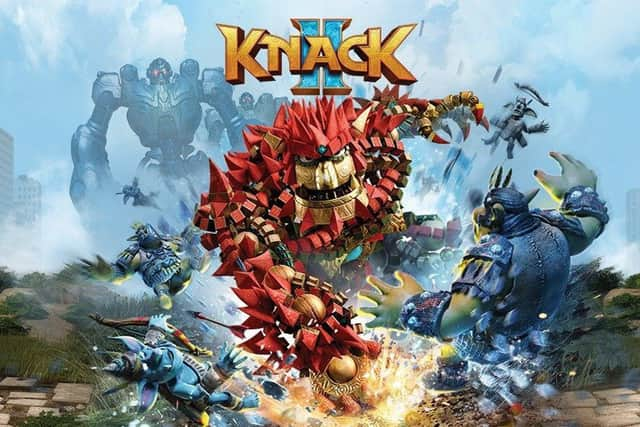

Mascots are equal parts protagonist and marketing tool. In fact Sega actually created Sonic with the intention of having a mascot character who could compete with Mario, replacing their previous mascot Alex Kid and is Sega’s Mascot to this day. Sonic raised the bar Mario had set and as video games became ever more popular mascots began testing the waters outside of their games, something Sega in particular really pushed. Action figures, clothing, forays into other mediums such as the aforementioned Adventures of Sonic the Hedgehog. Even Mario had a crack at a TV show and live action adaptation, neither of which are particularly fondly remembered. There was a small friendly rivalry emerging were you on Team Mario or Team Sonic? Way before they appeared at the Olympic games together that is. It was this devotion to characters that made them mainstays and soon mascot characters were creeping up every chance they had, some were more poplar than others, raise your hand if you remember Bubsy.
As technology advanced and with the release of the Nintendo 64 and PlayStation consoles began to make the leap from the 2nd to the 3rd dimension so to did the mascots. Making the move from 2d sprite to 3d character was a risky move for Nintendo and Sega. When it comes to mascots being taken out of the environment everybody was introduced to them in, it can go horribly wrong. Stray too far and they could become unrecognisable, not just in appearance but appeal also. As it happens Super Mario 64 is the prime example of this transition done right. Fleshing Mario out giving him a voice and more of a personality helped define him, taking him from being a character to having character. If you look at Mario games, now no matter how far they have come graphically, there is always something instantly recognisable or familiar about Mario. Sonic unfortunately has been suffering a bit of an identity crisis lately, changing his appearance and personality from game to game.
It wasn’t until the original PlayStation was released that I owned my very own console and my genre of choice was definitely 3d platformers. Crash Bandicoot was my undeniably my favourite, but more on him later. PlayStation and Nintendo 64 are the consoles that a lot of gamers my age get nostalgic about at the moment. Remembering what it was like to go around friends houses and playing through one level per person, Spyro, Croc, Banjo-Kazooie and so many other games. My bedroom wall, and indeed my friends bedroom walls, were covered in crudely drawn versions of our favourite characters it was almost hero worship in a way. In much the same way that my mum would sit down with friends and family to watch Star Trek and root for Captain Kirk, we would sit to watch and play Crash Bandicoot. Crash appeared on most of Sony’s marketing for PlayStation especially when the sequels started coming out. Naughty Dog perfected him over the course of a trilogy and kart racing game, book ending the PlayStation’s life cycle.
Advertisement
Hide AdAdvertisement
Hide AdPlaystation 2, GameCube and Xbox arrived with the 2000s and this marked the beginning of the end for mainstream mascot success. With technology advancing and games able to become more interactive, coupled with the fact that the main audience were growing into teenagers by this point; games simply had to offer a little bit more than fun characters in a cartoony world. This meant that a lot of franchises were inevitably left behind and forgotten about as more mature games started to take centre stage. Nintendo had Super Mario Sunshine but it was more mature games like Metroid Prime and RPGs that took the GameCube’s focus.
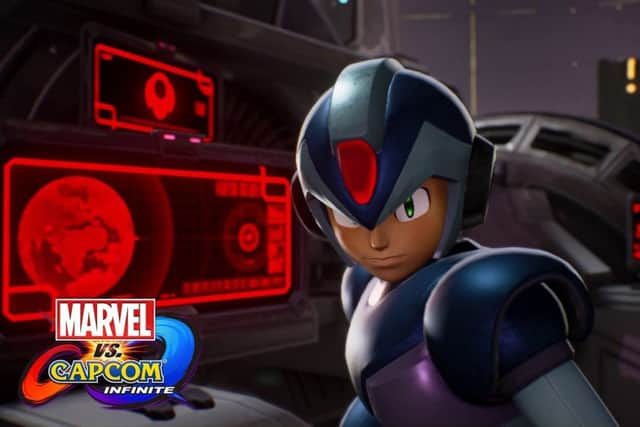

Naughty Dog adapted to the ever-maturing audience perhaps best of all. Jak and Daxter was their first game on the new hardware and it very much channelled the spirit of Crash Bandicoot albeit a more refined experience that satiated the need for more complicated game play to keep it entertaining. Jak and Daxter was maybe the last major cartoony 3d platformer and as the series went on Jak became a more rounded character as Jak 2 and 3 took a darker more mature approach. I mentioned earlier about a time where mascots went from being characters to having character, well, Jak 2 marked the point where he started having a personality. One liner quipping mascots were suddenly starting to look a little childish. Even though Jak and Daxter had changed quite drastically in tone Naughty Dog still managed to keep the spirit of what attracted fans to them in the first place. Moving forward still to Nathan Drake, who I don’t really class as a mascot maybe more of an icon, at his core he still has the qualities that endeared us to Crash and Jak just through a more adult package. Joel and Ellie show that progression further still.
So now we’ve come to gaming in the present day. Its not that brand mascots have been whipped from the face of the earth, but they have evolved with the audience and industry. Mature rated games, competitive gaming and E-Sports have really changed the culture. Gamers gather in halls and not friend’s bedrooms. They don headsets and scream bloody murder at one another while they play for titles, medals and even money.
Gaming is now an industry for adults more than it is for children and Crash, Mario and co all feel a little out of place when stood next to Master Chief and Kratos, mascots in their own right. All the ingredients that make up a mascot fill the boots of a protagonist minus the in your face marketing aspect. Parallels can still be drawn between mascots, Mario has his blue and red uniform and Master Chief his green power armour. Crash has the way he spins into enemies and Marcus Fenix has the way he chainsaws through a Locust with a visceral shower of gore. Only time will tell of course, but perhaps these mascots have lost their timelessness, will we look back on Marcus Fenix as fondly as we do Sonic? But that’s not really an issue because whereas mascots in the 90s were faces of franchises and consoles that’s not the driving force behind games now it’s less about the branding and more about the games. Games are much faster paced now, and not just the way we play them but the way we consume and then move on to the next. So developers are too busy making the next installment or the next big hit.
Advertisement
Hide AdAdvertisement
Hide AdYounger audiences are of course still being catered to its not all blood and gore. Angry Birds is a huge franchise that started out as a mobile game and struck a cord so much with its audience, it had sequels, cross overs, spinoffs and even an animated movie. Minecraft has taken off in a huge way too, Minecraft Steve has become a bit of an icon you can buy action figures, Lego sets based around Minecraft, and more importantly costume. We used to connect with mascots out of the desire to meet them. Gamers connect with icons today out of the desire to be them. You might not want to buy a Nathan Drake toy, but you might want to go to a convention dressed as him. While mascots and icons connect a player to a game, it’s how gamers show their fandom for them that differentiates them.
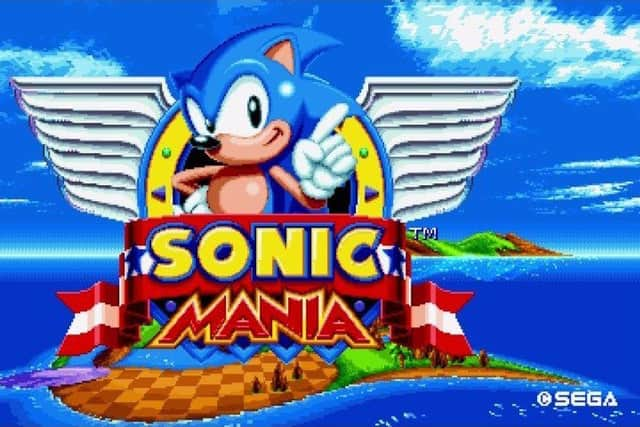

Timing is everything and trends of course roll around and right now studios are attempting to tap into our nostalgia. This started with the PlayStation 4 launch title Knack. Knack was an action platformer that definitely wasn’t a commercial or critical success, but it did pique interests in those style of games again. Last year Ratchet and Clank saw a completely reimagined and modernised version of their first outing come to PlaStation 4, to positive reviews from critics and fans alike. You just have to look to Yooka-Laylee from Platonic Games to see how much gamers want these games. Yooka-Laylee was funded through Kickstarter and became the fastest Kickstarter project to reach a million dollars at the time. Knack might just have been a little too original, gamers didn’t have something familiar to grasp onto. Yooka-Laylee is being touted as a spiritual sequel to Banjo-Kazooie, with many of the classic 3D platforming gameplay mechanics being implemented in a nod to the games that inspired it. Spyro had a similar resurgence with the Skylanders games. Peoples familiarity with Spyro helped get the game off the ground. Skylanders was popular enough in its own right to then continue without needing to use Spyro’s name.
Part of Sony’s PlayStaion 20th anniversary celebrations was the announcement that the original Crash Bandicoot trilogy would get remasters/remakes, which was released in July 2017. With the promise that if they do well we might just see original sequels down the line. There is also the promise that perhaps other franchises will also get the same treatment, the rumours of a Spyro comeback are doing the rounds right now. Crash has a different age range for its audience this time around, it might not be as instantly appealing to a younger audience for sure but it’s certainly appealing to the older audience, the audience who grew up with the originals. I’m certainly enjoying Crash Bandicoot now at 27 years old as I was 7 years old.